Best Time for a Safari in Tanzania
Among the most common inquiries from travelers is, ‘When is the optimal time to embark on a safari in Tanzania?’ While certain seasons draw larger crowds, the answer can vary based on individual preferences. Dive in to uncover the perfect season for your Tanzanian adventure, tailored to your unique tastes and travel interests.
Weather plays a crucial role
While many destinations around the world follow the familiar rhythm of summer, winter, fall, and spring, Tanzania dances to the beat of its drum, courtesy of its exceptional location near the equator and the Indian Ocean. This geographical positioning bestows upon Tanzania its distinctive equatorial and tropical weather patterns, setting the stage for a dynamic climate experience.
Within this diverse climate canvas, Tanzania showcases two prominent seasons: the wet season and the dry season. As the name suggests, the wet season ushers in periodic rainfall, nourishing the earth and painting the landscape in lush greens. Conversely, the dry season basks in the glow of abundant sunshine, occasionally punctuated by bursts of heat. Each season boasts its unique allure, offering travelers a spectrum of experiences to savor.
During the wet season, nature awakens in a symphony of life, as flora flourishes and wildlife thrives amidst the rejuvenating rains. However, navigating muddy terrain and contending with intermittent showers may pose logistical challenges for travelers. In contrast, the dry season unfolds with a sense of tranquility under clear skies, making it an ideal time for outdoor adventures and wildlife sightings. Yet, the arid conditions of the dry season may necessitate extra precautions to combat dehydration and sun exposure.
In the following sections, we’ll delve deeper into the nuances of each season, illuminating the unique opportunities and considerations that accompany them, and empowering you to make an informed choice for your Tanzanian journey.
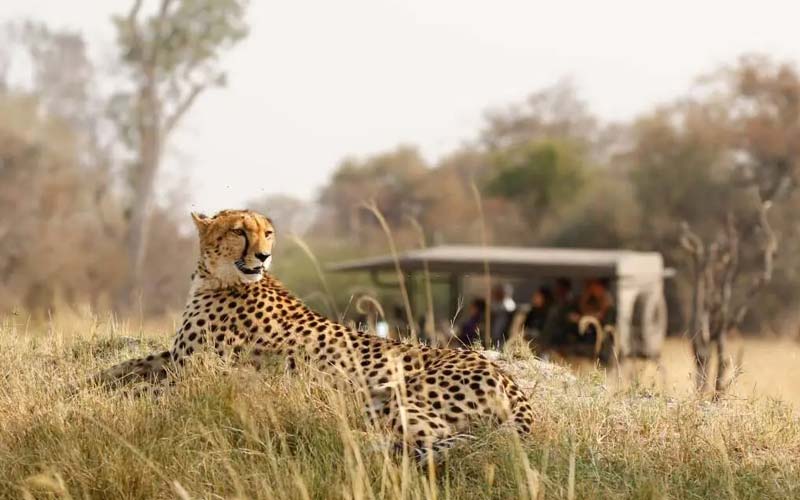
When choosing your safari dates, it’s important to note that Tanzania’s weather generally aligns with these seasons. However, it’s common to encounter sunny afternoons following morning showers during the wet season, and occasional rain showers during the dry season.
The seasons in Tanzania
January To March
These initial months of the year typically mark Tanzania’s hottest period, reaching its peak in February. Characterized by dry conditions, this season ranks among the most favored for safaris, albeit with parks occasionally bustling, particularly around the New Year.
During this time, wildlife congregates around rivers and lakes for water, as alternative sources diminish. Tarangire National Park emerges as a hotspot, drawing zebras and gazelles to the Tarangire River for sustenance, subsequently attracting predators like lions and leopards, rendering it a prime location for witnessing a diverse array of wildlife.
March To May
From mid-March through May unfolds Tanzania’s long rainy season, characterized by nightly and morning showers. However, the afternoons often usher in the sun, while evenings settle into a tranquil calm.
The rains blanket the landscape in lush greenery, invigorating the wildlife within the parks, which revel in the abundance of water sources. Yet, some park roads may pose challenges, with flooding or deep mud rendering them impassable. Nonetheless, primary park routes typically remain navigable, and certain areas, including the Ngorongoro Conservation Area, boast paved sections unaffected by inclement weather.
This season witnesses a notable decrease in tourist numbers, prompting many accommodations to offer enticing discounts. Guests unfazed by rainy mornings often recount their safari experiences during this period as intimate and secluded, relishing the opportunity to observe the remarkably active animals amidst the damp, verdant forests, feeling as though they have the entire park to themselves.
June To September
Referred to as the ‘cold’ season by locals, this period in Tanzania sees residents donning winter coats and hats to combat the cooler temperatures. However, for visitors hailing from various climates, the weather is often perceived as pleasantly fresh and invigorating. While chilly mornings warrant the inclusion of a jacket in your packing list, the afternoons offer respite with warm sunshine and generally dry conditions.
Despite the cooler temperatures, this season remains popular among travelers seeking to explore Tanzania’s natural wonders, with many flocking to the national parks to witness the abundance of wildlife and breathtaking landscapes.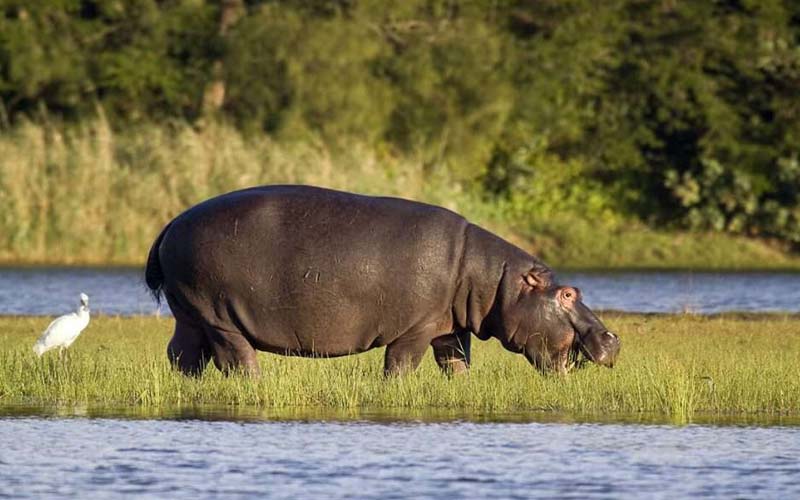
If scorching temperatures aren’t your preference, then the dry season in Tanzania presents an ideal opportunity for exploration. This period is particularly well-suited for those who seek milder weather conditions. Additionally, it coincides with the prime viewing window for the Great Migration in Serengeti National Park, adding an extra allure for wildlife enthusiasts and photographers alike.
October To December
The short rains, typically occurring between October and December, herald the gradual warming of Tanzania’s weather as the year draws to a close.
October unveils a mesmerizing sight across East Africa as jacaranda trees burst into bloom, adorning the landscape with their regal purple flowers. As December approaches, another spectacle unfolds with the vibrant red blossoms of Flame Trees, adding to the festive atmosphere just in time for Christmas.
Christmas proves to be a popular time for tourists to flock to Tanzania, often coinciding with the cessation of the short rains by mid-December. Many visitors seize the opportunity to commemorate the holiday season in unique ways, such as embarking on the iconic journey to summit Mount Kilimanjaro. Hotels and lodges may also orchestrate special holiday-themed events and serve delectable festive meals for their guests.
Despite the allure of ideal December weather, it’s worth noting that parks and accommodations may experience heightened congestion during this peak tourist season.
The Great Migration
One of Tanzania’s most mesmerizing spectacles is the Great Migration within Serengeti National Park. Each year, this awe-inspiring natural phenomenon captivates travelers worldwide as vast herds of animals traverse the Grumeti River, marking it as a UNESCO World Heritage Site and the largest animal migration globally. The Great Migration is a perpetual event, unfolding across the expansive Serengeti landscape.
During a brief window of approximately two months annually, typically around July and August, the migration extends into Kenya. Here, amidst the Maasai Mara, herds brave epic river crossings fraught with peril, navigating crocodile-infested waters and evading predators, all in pursuit of the nourishing grasslands. Following this daring journey, the herds return to Tanzania, where they spend the majority of the year, predominantly within the Serengeti or the confines of the Ngorongoro Conservation Area.
Within Tanzania, the herds find sanctuary to engage in essential activities such as mating, birthing, and relishing the abundant grasses of the Serengeti for approximately ten months annually. It’s a cyclic rhythm that perpetuates the vitality of the ecosystem and offers an unparalleled spectacle for those fortunate enough to witness it firsthand.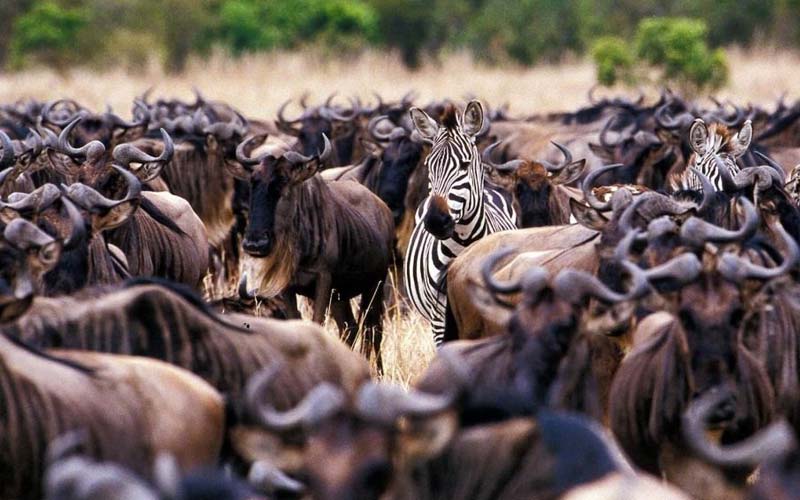

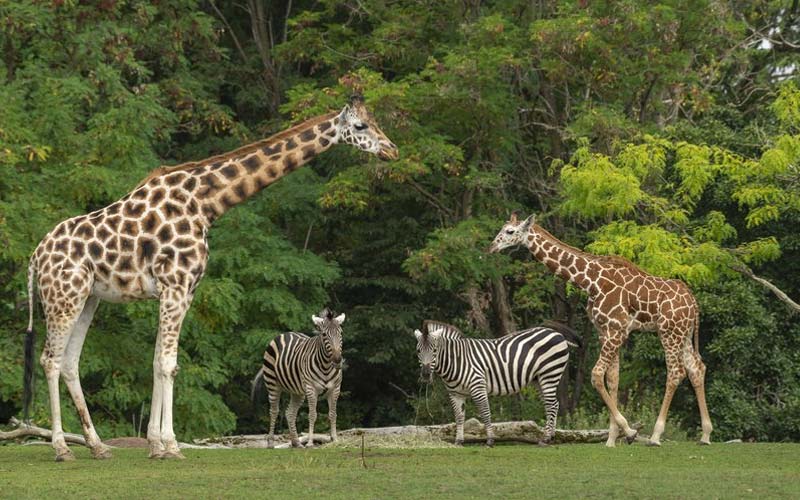
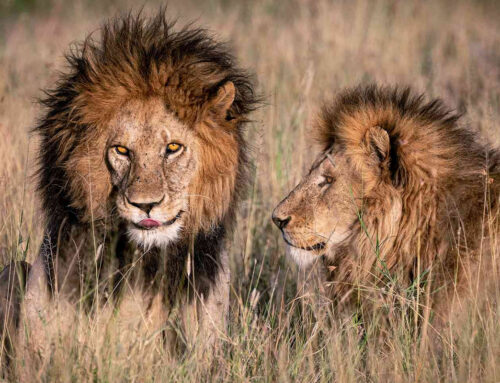
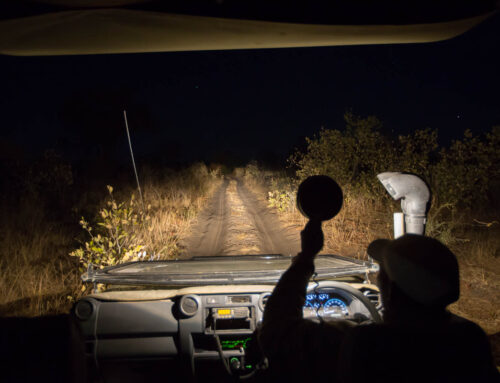
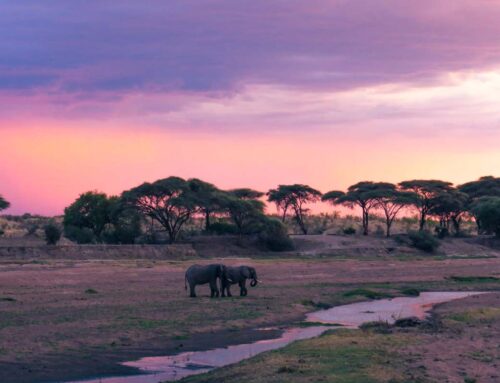

Leave A Comment